If you’re an international graduate in Australia on a 485 visa, you’ve likely heard this question echo through every group chat, forum, and coffee catch-up: “What’s next?” The Temporary Graduate Visa gives you breathing room post-study, but turning it into permanent residency (PR) is where things get interesting. Or, well… complicated. Let’s break it down step by step to help you understand your options in 2025.
Key Takeaways
What Is the 485 Visa and Why Is It Important for PR?
The Temporary Graduate Visa (Subclass 485) is the launchpad most international students use to kickstart their post-study life in Australia. It comes in two main streams:
- Post-Study Work stream – for graduates with a bachelor’s degree or higher.
- Graduate Work stream – for those with vocational education and training (VET) qualifications.
Depending on your course and location, you can stay between 18 months to 5 years, with extended durations for regional graduates. While this visa doesn’t lead directly to PR, it gives you time to gain work experience, improve your English scores, and plan your migration pathway. Think of it as your “real-world internship” before permanent residency.
Which PR Pathways Are Open After the 485 Visa?
So, what doors can this visa open? In 2025, the main PR options for 485 holders include:
- Skilled Independent Visa (Subclass 189) – for highly skilled migrants, points-tested, and doesn’t require sponsorship.
- State-Nominated Visa (Subclass 190) – points-tested and requires nomination from a state/territory.
- Employer-Sponsored Visa (Subclass 186) – lets you transition to PR via employer nomination (usually from a 482 visa).
- Skilled Regional Visa (Subclass 491 → PR via 191) – focuses on regional migration with a clear PR pathway after 3 years.
Each of these routes has its checklist—from occupations on skilled lists to state/territory criteria and employer commitments. It’s not a one-size-fits-all game.
How Can Work Experience Help You Qualify for PR?
You might have graduated with flying colors, but without real-world experience in Australia, your PR application could fall short. In 2025, the value of local work experience has grown even more.
Here’s how it helps:
- Adds valuable points to your skilled visa application.
- Makes you a more attractive candidate for state or employer sponsorship.
- Demonstrates your adaptability to the local workforce—something the Department of Home Affairs likes to see.
Also Read: Are You Eligible for Australia’s New Innovation Visa in South Australia?
Some occupations (like chefs, engineers, IT professionals) even benefit from fast-tracked assessments if you have relevant full-time work in your field.
What Role Do State and Regional Sponsorships Play?
If you’re willing to move outside Sydney or Melbourne, state and regional visas can be your golden ticket. States like South Australia, Tasmania, and Western Australia are actively sponsoring skilled workers under their occupation lists. They often have lower point thresholds and fewer applicants, giving you a better shot.
Meanwhile, regional visas like the 491 offer an initial 5-year stay. After working and living in a regional area for 3 years, you may be eligible for permanent residency via Subclass 191.
In short: regional = opportunity.

Can Employer Sponsorship Fast-Track Your PR Path?
Absolutely—if you play it smart.
Let’s say your 485 is about to expire, and your employer loves you. You can switch to the Temporary Skill Shortage Visa (Subclass 482). After two years on this, you might qualify for PR through the Employer Nomination Scheme (Subclass 186).
Some advantages of this route:
- Doesn’t require points-tested assessments.
- Faster PR pathway if your employer is supportive.
- Secure option for those in demand occupations.
But remember: not all jobs or employers qualify. Your role needs to be on the medium-term list, and your employer must be approved for sponsorship.
What Other Factors Influence Your PR Chances?
Yes, your job is important—but so are points. Australia’s General Skilled Migration (GSM) program is a numbers game. The higher your points, the better your chance of getting an invitation.
Here’s what affects your score:
- Age (25–32 is the sweet spot)
- English proficiency (aim for Superior English in IELTS or PTE)
- Qualifications (Australian degrees carry extra weight)
- Work experience (local experience > overseas)
- Partner skills, professional year programs, and NAATI credentials can also boost points.
Don’t ignore these extras. One extra certificate could be the difference between waiting forever and getting your PR invitation next month.
What Should 485 Visa Holders Prioritize in 2025?
With policy shifts and tighter PR pathways, early planning is essential. Here’s what you should start working on today:
- Apply for your skill assessment as early as possible.
- Improve your English score—aim for the highest band.
- Find a job in your nominated occupation, ideally with a long-term outlook.
- Build a network and explore regional jobs.
- Keep track of state nomination updates and occupation lists—they change often.
- Work on your resume, interview skills, and employer outreach—they matter more than you think.
The 485 visa gives you time, but it doesn’t guarantee anything. What you do with that time determines whether you transition smoothly to PR or scramble to extend your stay.
Final Thoughts
Getting PR after the 485 visa in 2025 isn’t impossible—but it’s no longer automatic either. You need a strategy. Understand your options, stay informed, and take action early. Whether you’re targeting the 189, hunting for a regional job, or charming an employer into sponsorship, the right moves now can secure your future in Australia.
Because in the end, it’s not just about staying—it’s about staying smart.
Reference:
https://immi.homeaffairs.gov.au/visas/getting-a-visa/visa-listing/temporary-graduate-485





